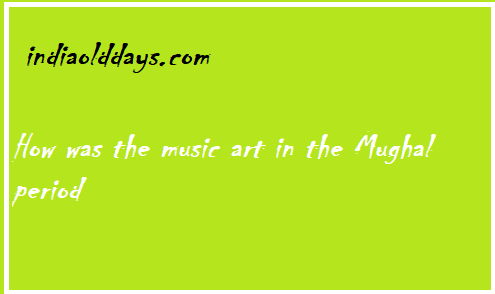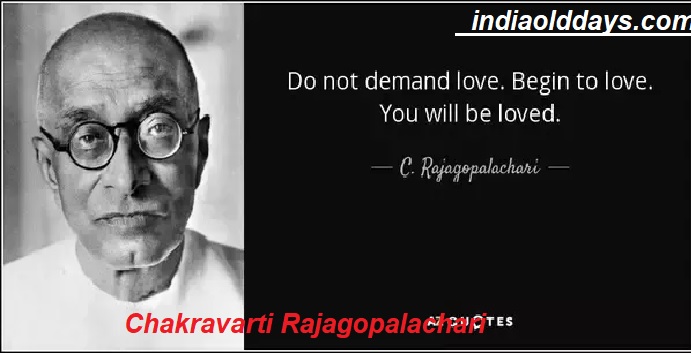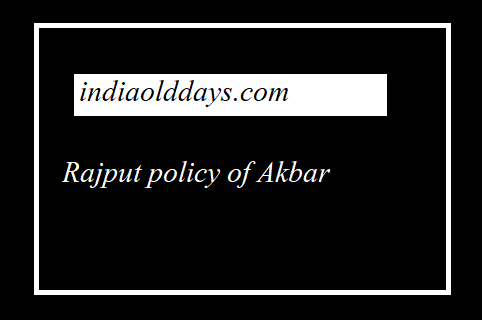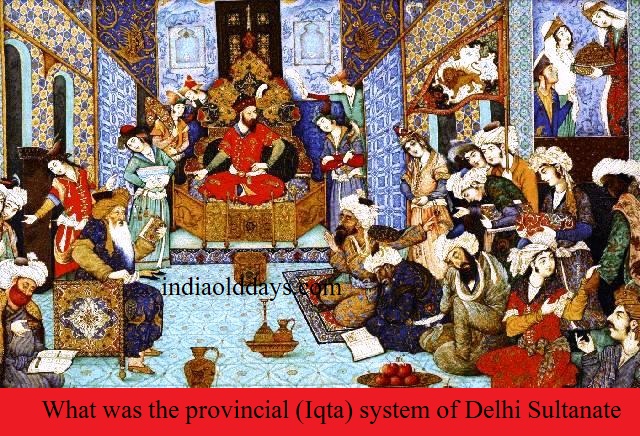How was the music art in the Mughal period

Other Important Facts-
- What is land revenue?
- Mughal currency (coins) system
- Modern India : What were the reasons for the collapse of the Mughal empire?
Musical arts in Mughal period
Though Babar and Humayun have also encouraged music, but it reached their peak during Akbar’s era.
Music in the time of Akbar
According to Abul Fazl, there were 36 singers in Raja’s court in Akbar’s court. But the most famous of them was Tansen and Bajabahadur.
Akbar himself used to play very good nakara(Nagara).
Tansen was one of Akbar’s navratanas, which Akbar had received from Raja Ramchandra of Reeves.
Akbar gave Tansen the title of Kanthabhnavansin Bilas. About Tansen Abul Fazl has said “that singers like Tansen have not been in India for the last thousand years.”
During Akbar, there were four styles of Dhrupad singing –
- Nohar-Vani,
- Khararwani,
- Ghauriani and
- Dagavarni
In time, Dhrupad’s place was taken by Khyal singing style.
Baz Bahadur famous musician of Akbar’s time, was made Manashba of 2000 by Akbar, the ruler of Malva. Abul Fazl wrote about him – “he was the best person of his time in music and Hindi songs.”
The chief musicians of Akbar’s era -were Tansen, Bajbahadur, Badgebakhsh, Gopal, Haridas, Ramdas, Sujan Khan, Miya Chand and Miya Lal and Baijibawara (not related to the court).
Music in the time ofJahangir,
Among the prominent musicians of Jahangir’s time, Tansen’s son Bilas Khan, Chhatar Khan, Makkhu and Hmajjan were prominent.
Jahangir gave the title of Anand Khan to a ghazal singer, Shauki.
Music in the time of Shah Jahan
Shah Jahan was extremely passionate and musical. It is said his deevaane-khaas in day-to-day special, instrumental play and music were used. And he himself was a very good singer.
Shah Jahan gave the title of Gunnsamundar (Gun Samudra) to Lal-khan (son-in-law of Bilas Khan).
The evidence of Shah Jahan’s music fondness is that, once his court singer Khushhal Khan and Bisram Khan sing a tangi to Shah Jahan, they enthralled such a move that he should send Murshid Khan with Aurangzeb on the letter without sending the letter Signed it. Although later on, the penal nature denied both the genetic rights of the court.
Music in the time of Aurangzeb
Aurangzeb banned the music as anti-Islam. But during the same period, most books were written on Indian classical music in Persian language.
Because of music restrictions in Aurangzeb’s time, once the music lovers were extracting massages on tabla and tanpura, he had said that music had died, and ordered that his grave be buried so deep, that the voice would be easily out Could get out
Aurangzeb was a skilled harpist himself. In the time of Fakirullah, the translation of the standard formula was presented to Aurangzeb by the name of Ragadarpan.
Major musicians of the era of Aurangzeb–Rasban Khan, Sukhisen, Kalavant, Hyatt Saranan, Kirpa.
Mirza Roshan Jamir did the translation of Ahovan’s musical parjeet, staying in Aurangzeb’s princely state.
It is mentioned in the maaashare-Alamgiri of mustaid khaan that Aurangzeb has answered the questions of renowned musicologist mirja mukarrar khaan saphaavee, saying that the music is so mubah hai that neither is good nor bad.
Aurangzeb goes on to say that I can not listen to the music without his help (especially Pakhavaj), and there is a ban on it, so I left the song too.
The most significant development of music in the Mughal period is 18th. Shataba In the time of the Mughal emperor Muhammad Shah (1729-48AD.). In his court, Neetam Khan, Sadarang and his nephew Adang brought the music to the throes of development.
Reference : https://www.indiaolddays.com/




